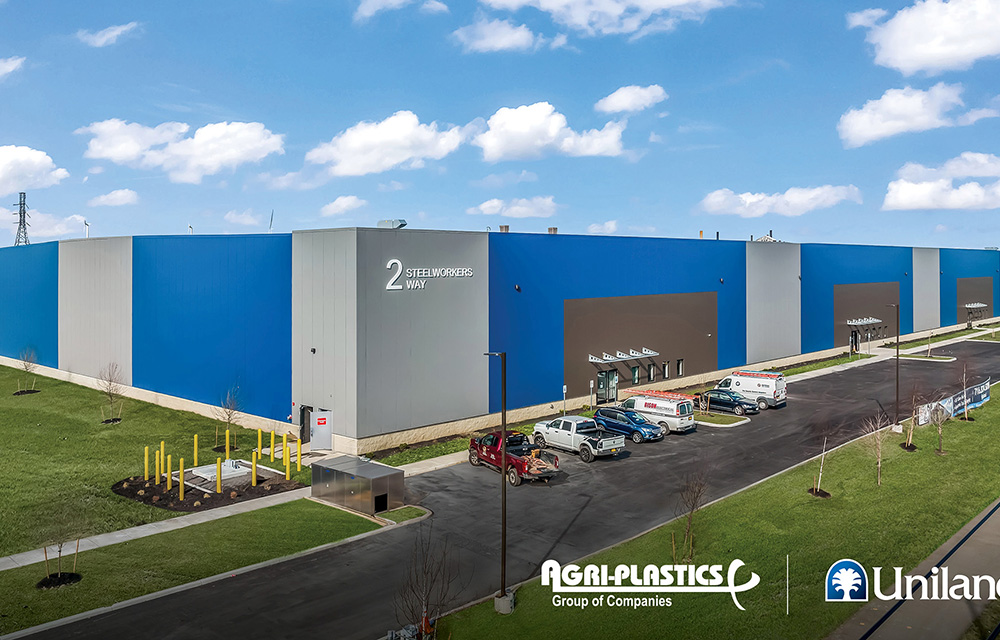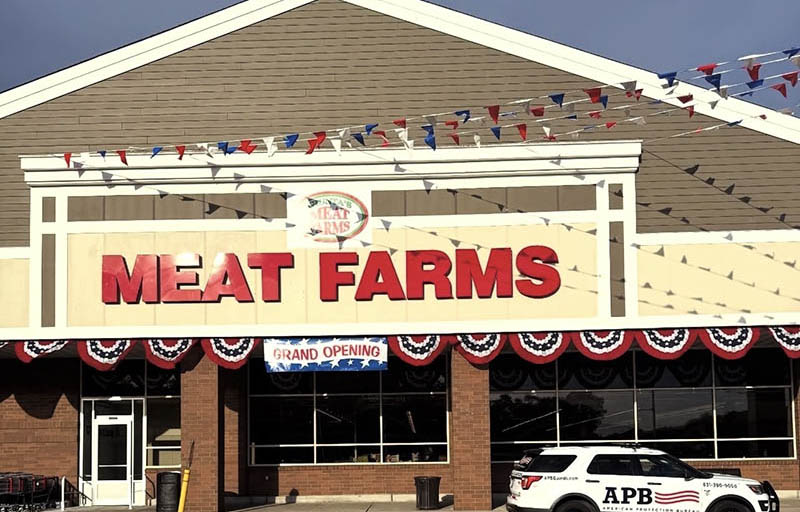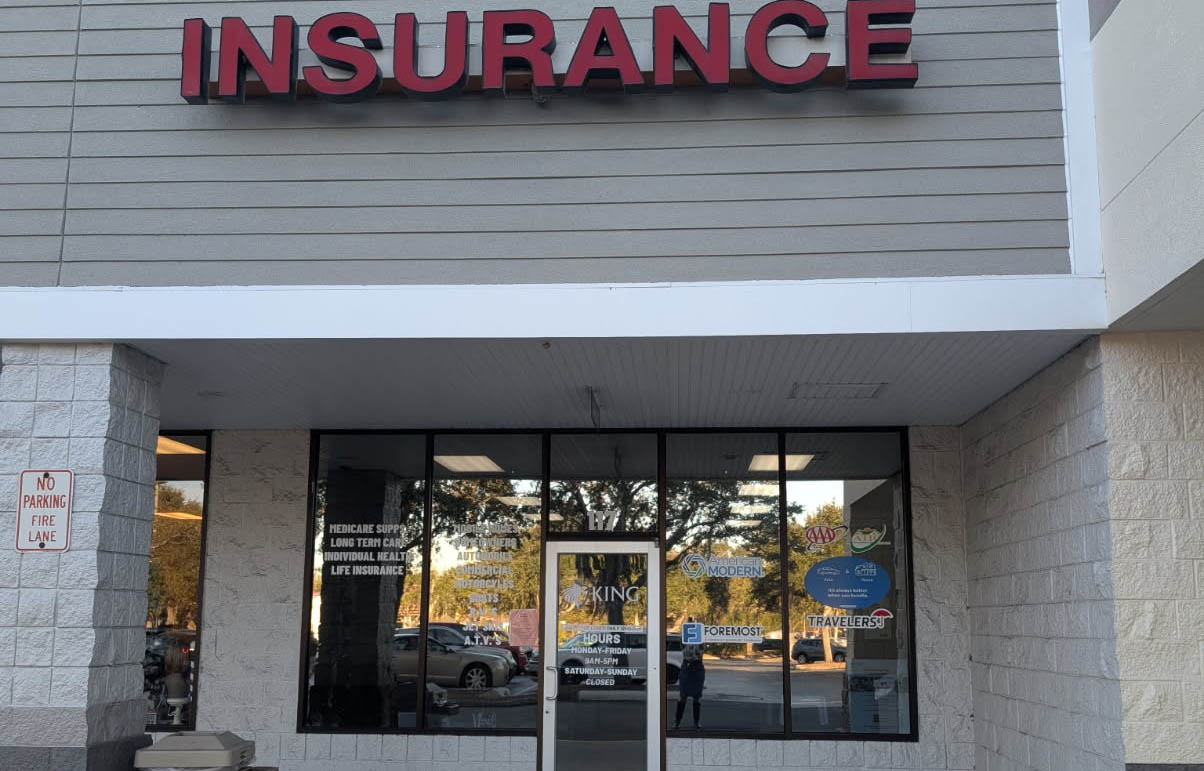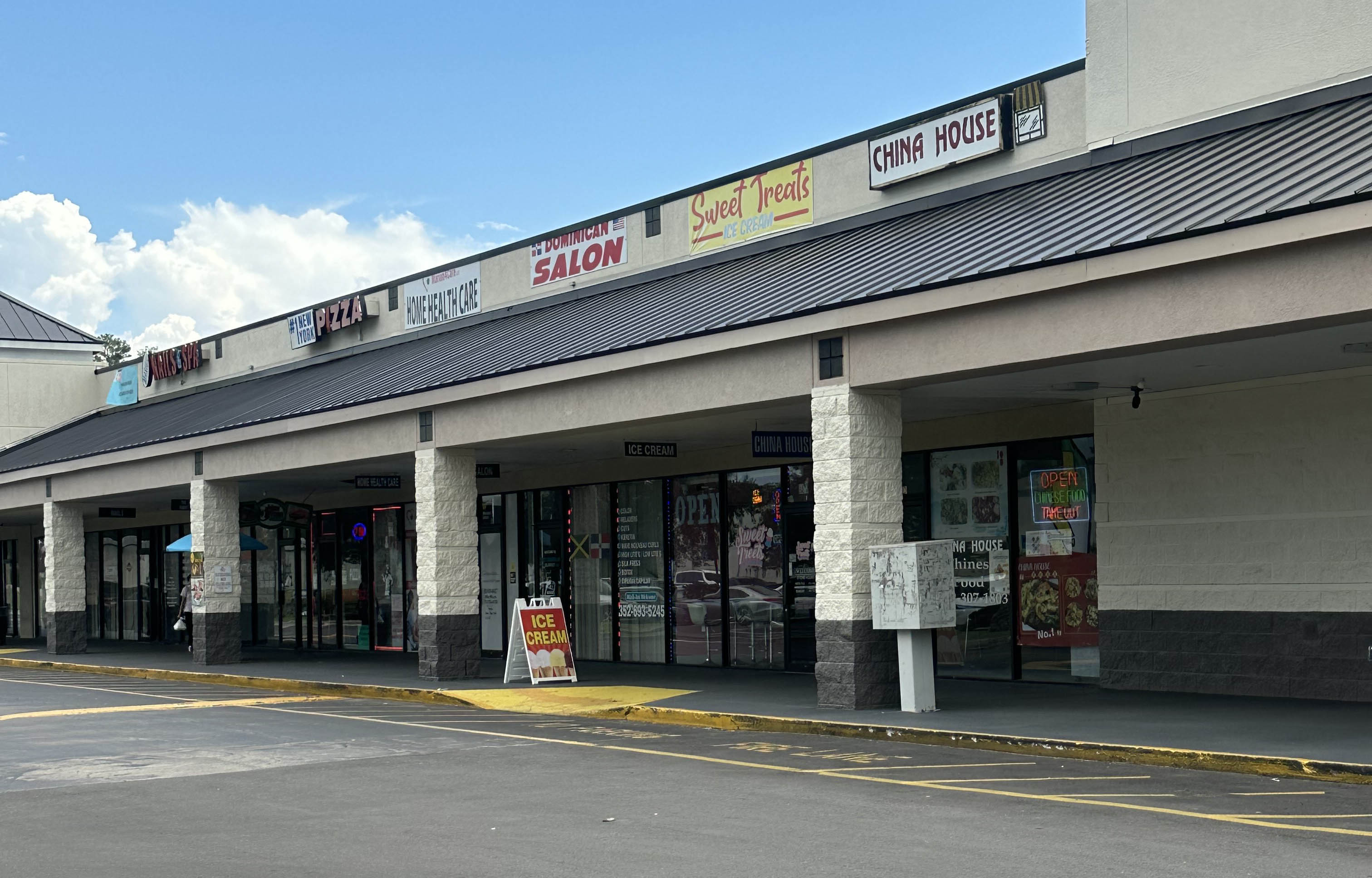Looking ahead: What is next for the “new Buffalo?” - by Bob Richardson
Observers of the real estate market in Western New York have witnessed a pace of development not seen in this region for generations. Both casual observers and industry insiders are enthusiastic about recent trends. Both see that public dollars and public project have fueled the rebirth of Buffalo. Both groups wonder whether the trend can be sustained. However, developers, contractors, labor unions and all of the industries who have participated in the rebirth of Buffalo are collectively holding their breath to see what 2018 will bring.
To understand what aspects of the resurgence of Buffalo are likely to continue in 2018, it’s important to clarify what has actually happened in Buffalo in the past five years and why. The “why” may actually be the easiest to capture and it can be summarized in three economic conditions that lowered the barrier to financing a project:
• Historically low interest rates on construction loans and commercial mortgage have lowered the cost of borrowing;
• The historic tax credit program, local adaptive reuse and brownfield tax incentives, and the general investment climate have lowered the cost of investment capital; and
• Optimism fueled by the Buffalo Billion and other public initiatives.
These lower costs have enabled projects to be completed and be profitable in spite of local rental rates which remain very low. They have encouraged risk taking and more aggressive investment posture by local real estate investors and developers.
The final reason for the rebirth of real estate in Buffalo can be observed in “WHAT” has happened here since 2012.
For more than 40 years there was very little development in Buffalo and all of the real estate in our market is aging to a degree that it is no longer suitable for its purpose. Just like cars get older and less functional, real estate becomes stale, is downgraded and eventually comes off of the market. Because Buffalo had gone so long without an update or a fresh coat of paint, the market was in desperate need of a refresh and a re-supply.
Almost without exception, you can attribute each project in Buffalo since 2012 to this supply-driven retooling of the market. It’s particularly apparent in the class A office market and luxury apartment market. In 2012, there was virtually no supply of these products in the market. While observers continue to be amazed at how rapidly new product in these categories have been absorbed in the market, the reality is that there had been no options for shoppers in these categories for many years and this constraint on supply created the pent-up demand that is now moving the market.
In reviewing the list of projects since 2012 we see example after example of resupplying the market to a lower, but stable level of demand which had been unsatisfied. In this “supply-side” resurgence of Buffalo, real estate projects are largely competing with others within the region – downtown with the suburbs, Northtowns with the Southtowns, etc. Whether its millennial renters, startups or small businesses, we’re largely facing local competition.
So, what about the demand side? Are we seeing organic increases in demand? Unfortunately, we aren’t. Demand for real estate emanates from population growth, job growth and/or wage growth. In each of these areas, Western New York is not performing. We’re still losing population. While the unemployment numbers are down, the actual number of people working is shrinking too. Our limited wage growth hasn’t kept pace with inflation.
Where does that leave us? What can we conclude?
First, the resurgence in Buffalo is real. There is improvement, stabilization and areas of strength from which we can expand. However, we need to be realistic and aware that what’s driven the progress so far is a lack of supply so acute that it needed to be rectified. However, this supply-side restocking has created the opportunity we now have.
Second, we should be clear that the new Buffalo is a temporary condition that requires us to act. There’s more to be done. While some would have us taking a victory lap, there’s no time to celebrate. While we have momentum, while the national economy remains strong, while the capital markets are favorable, we have to reinvent Buffalo.
For the next stage, we will have to look outward and compete for opportunities. Whether it is to attract millennials to come to Buffalo - not in a trickle but in waves. Whether it is to compete for jobs of the future - not the jobs we lost in the 1970s. We have a once in a generation moment to choose growth and prosperity.
It’s not a hard choice but making the changes we need to make won’t be easy.
Bob Richardson is the president of the NAIOP Upstate New York Chapter, The Commercial Real Estate Developers, and managing partner of Blue Cardinal Capital, Buffalo, N.Y.
Hanna Commercial Real Estate brokers Agri-Plastics 64,000 s/f manufacturing facility lease at Uniland’s 2 Steelworkers Way


Lasting effects of eminent domain on commercial development - by Sebastian Jablonski

Behind the post: Why reels, stories, and shorts work for CRE (and how to use them) - by Kimberly Zar Bloorian

AI comes to public relations, but be cautious, experts say - by Harry Zlokower









.jpg)
.gif)
.gif)